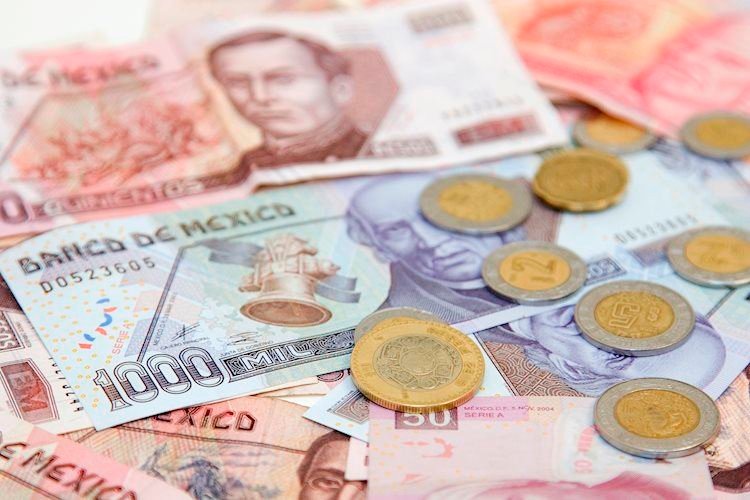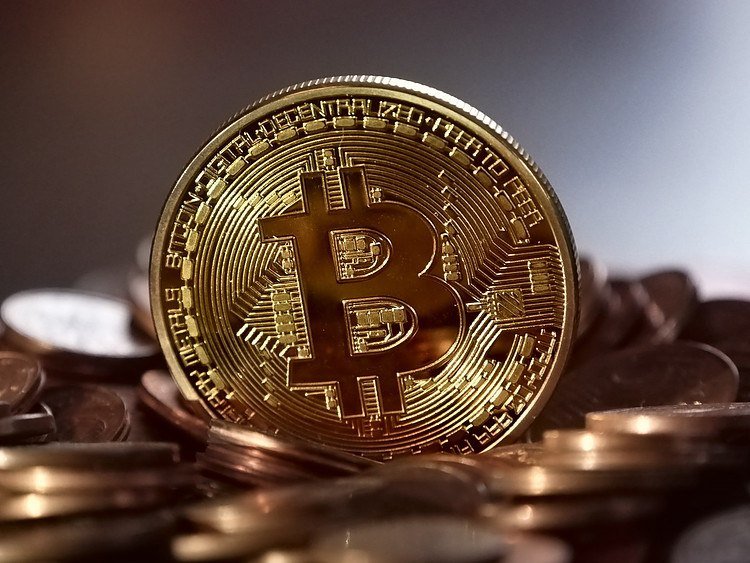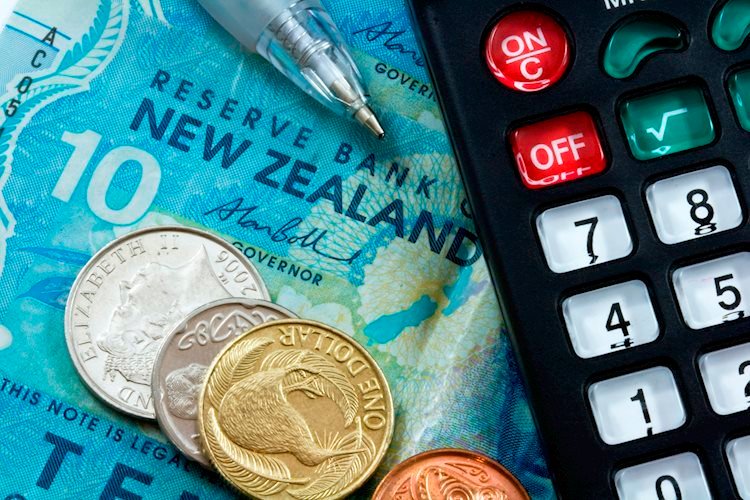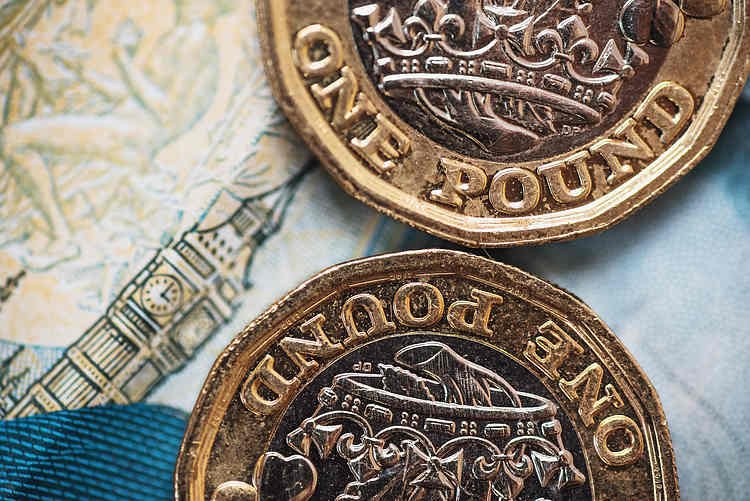- Mexican Peso remains soft as US Retail Sales, Industrial Production beat estimates.
- Mexico’s Q2 Aggregate Demand and Private Spending data will be released Wednesday, while the Fed’s rate decision looms.
- US Dollar Index climbs 0.20% to 100.92, as traders maintain 61% odds for a 50 bps Fed rate cut.
The Mexican Peso erased some of its losses against the US Dollar, gains some 0.30% after US Retail Sales data was better than expected. Despite that, expectations that the Federal Reserve (Fed) will cut rates by 50 basis points (bps) remained unchanged as the Fed begins its two-day meeting. The USD/MXN trades at 19.18 after hitting a daily high of 19.40.
The US Commerce Department revealed that August Retail Sales fared better than the consensus. The data revealed that consumers remain resilient even though hiring and wage growth show signs of moderation. Other data showed that Industrial Production in August rose after posting a contraction in July.
Following the data, the Greenback extended its gains, as seen by the USD/MXN pair. According to the US Dollar Index (DXY), it climbed some 0.20% to 100.92, even though odds for a 50 bps rate cut by the Fed remained at 61%, while the chances for a quarter of a percentage point are 39%.
In the meantime, the Atlanta Fed GDP Now Index, which calculates estimates for Q3 Gross Domestic Product (GDP) figures, rose from 2.5% to 3%.
On Wednesday, Mexico’s economic docket will feature Aggregate Demand for Q2 alongside Private Spending figures. Across the border, the US economic schedule will feature housing data ahead of the Federal Open Market Committee (FOMC) monetary policy decision. After that, Fed Chairman Jerome Powell will cross the wires.
Daily digest market movers: Mexican Peso advances despite solid US data
- USD/MXN would continue to be driven by market mood and expectations for a bigger Fed rate cut.
- US Retail Sales in August rose 0.1% MoM above estimates of -0.2%. Every year, the figures expanded by 2.1%, down from 2.9% in July.
- Industrial Production rose by 0.8% MoM in August, up from a -0.9% contraction in the previous month.
- Data from the Chicago Board of Trade suggests the Fed will cut at least 111 basis points this year, according to the fed funds rate futures contract for December 2024.
USD/MXN technical outlook: Mexican Peso rises as USD/MXN drops below 19.20
The USD/MXN remains upwardly biased despite dipping to 19.15 last week. Momentum suggests that the exotic pair might consolidate in the near term as depicted by the Relative Strength Index (RSI) turning flat.
That said, if USD/MXN climbs above 19.50, the next resistance would be the 20.00 psychological figure. Conversely, if USD/MXN drops below 19.15, key support levels emerge like the August 23 daily low of 19.02, ahead of the 50-day Simple Moving Average (SMA) at 18.99.
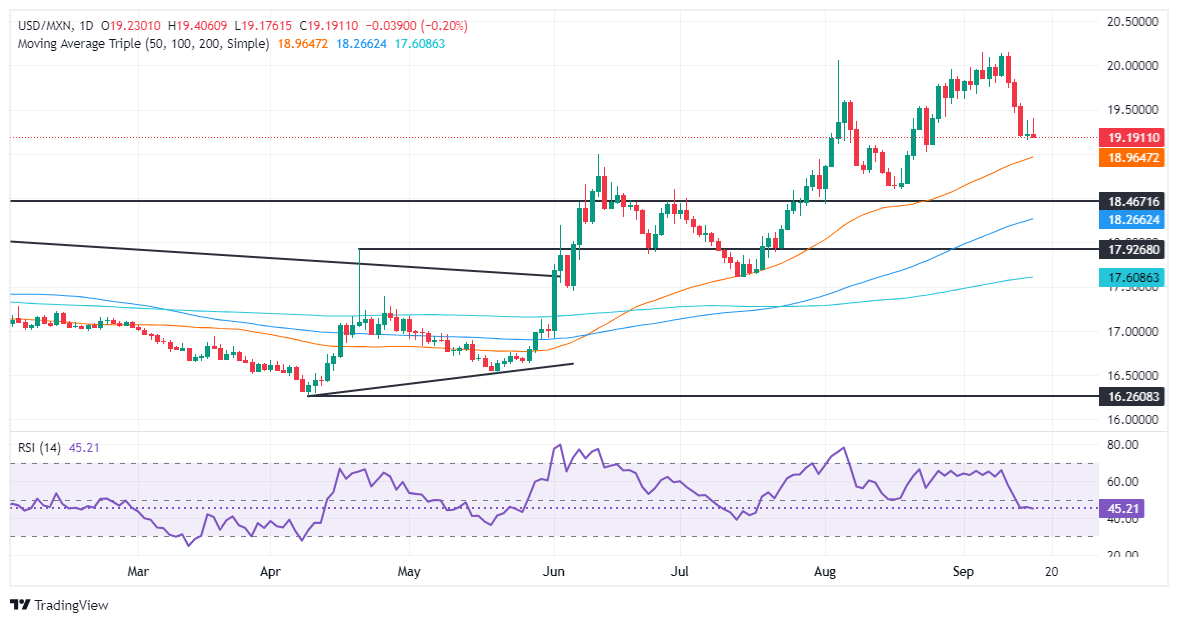
Mexican Peso FAQs
The Mexican Peso (MXN) is the most traded currency among its Latin American peers. Its value is broadly determined by the performance of the Mexican economy, the country’s central bank’s policy, the amount of foreign investment in the country and even the levels of remittances sent by Mexicans who live abroad, particularly in the United States. Geopolitical trends can also move MXN: for example, the process of nearshoring – or the decision by some firms to relocate manufacturing capacity and supply chains closer to their home countries – is also seen as a catalyst for the Mexican currency as the country is considered a key manufacturing hub in the American continent. Another catalyst for MXN is Oil prices as Mexico is a key exporter of the commodity.
The main objective of Mexico’s central bank, also known as Banxico, is to maintain inflation at low and stable levels (at or close to its target of 3%, the midpoint in a tolerance band of between 2% and 4%). To this end, the bank sets an appropriate level of interest rates. When inflation is too high, Banxico will attempt to tame it by raising interest rates, making it more expensive for households and businesses to borrow money, thus cooling demand and the overall economy. Higher interest rates are generally positive for the Mexican Peso (MXN) as they lead to higher yields, making the country a more attractive place for investors. On the contrary, lower interest rates tend to weaken MXN.
Macroeconomic data releases are key to assess the state of the economy and can have an impact on the Mexican Peso (MXN) valuation. A strong Mexican economy, based on high economic growth, low unemployment and high confidence is good for MXN. Not only does it attract more foreign investment but it may encourage the Bank of Mexico (Banxico) to increase interest rates, particularly if this strength comes together with elevated inflation. However, if economic data is weak, MXN is likely to depreciate.
As an emerging-market currency, the Mexican Peso (MXN) tends to strive during risk-on periods, or when investors perceive that broader market risks are low and thus are eager to engage with investments that carry a higher risk. Conversely, MXN tends to weaken at times of market turbulence or economic uncertainty as investors tend to sell higher-risk assets and flee to the more-stable safe havens.







